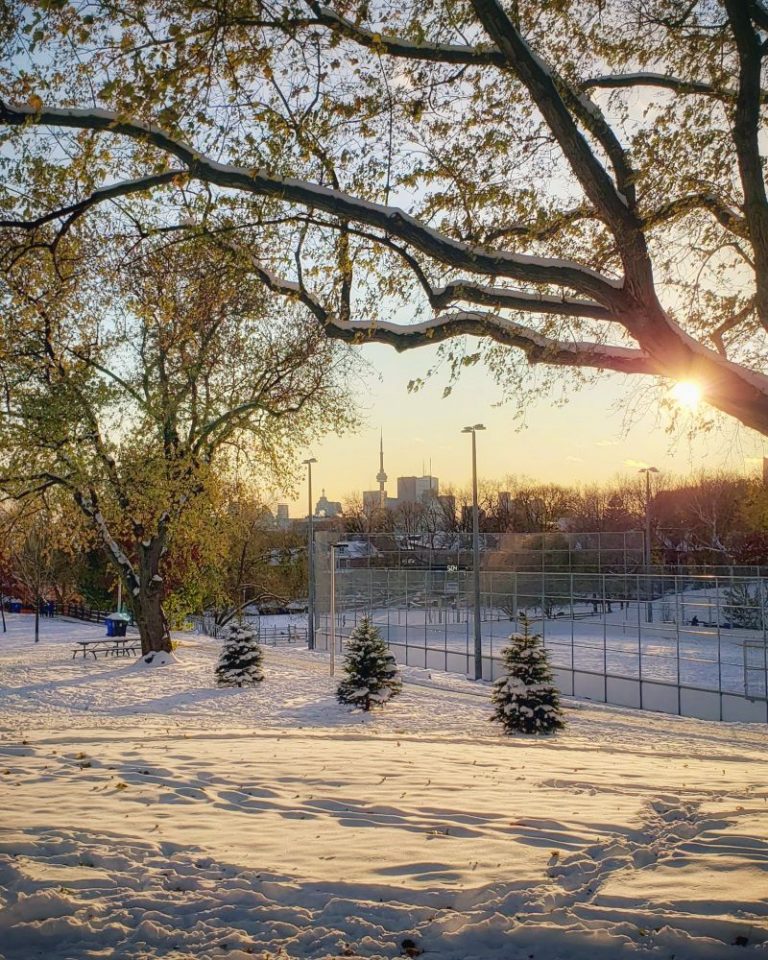Toronto Income Property Newsletter – February 2013
More of the same it seems. The Toronto real estate market roared back to life in January, with many buyers jumping back into the fray. There have been multiple offers on almost every income property that I have tried to buy for clients so far this year. It seems like this year will mirror the last two. While areas out of the downtown Toronto core may be slowing down, that doesn’t seem to be happening with quality properties that are centrally located. As always, quality duplexes and triplexes remain in high demand.
Happy Valentine’s Day to all and I hope you all enjoy the Superbowl this weekend.
*
So how strong is the Toronto rental market? While the vacancy rate for rental apartments bumped up slightly in the last quarter of 2012 over a year earlier, it still remains at one of its lowest levels in a decade, 1.7 per cent, compared to an even lower vacancy rate of 1.2 per cent for rental condos.
The Toronto Real Estate Board reported 3,648 rental transactions for condominium apartments through the TorontoMLS system in the fourth quarter of 2012, up 13 per cent from the 3,234 rentals reported during the same period in 2011. The number of units listed for rent at some point during the fourth quarter was up by close to 18 per cent on a year-over-year basis. Statistics for rentals in residential free-hold buildings are not available.
“The number of rental transactions through the TorontoMLS system has been growing quite strongly over the past year, as many renter households are attracted to investor-held condominium apartments and townhomes that offer modern finishes and amenities in popular areas throughout the Greater Toronto Area,” said Toronto Real Estate Board (TREB) President Ann Hannah. In my experience, high end rental suites in quality duplexes and triplexes share a similar high demand, which makes owning these properties a smart investment.
According to CMHC, an estimated 33 per cent of all new condos coming on the market across the GTA are now being rented out rather than lived in by owners, but competition remains especially fierce in the coveted downtown core and, increasingly, North York and Peel Region.
One-bedroom and two-bedroom apartments accounted for the vast majority of transactions. The average one-bedroom rent was up by more than four per cent annually in the fourth quarter to $1,626. The average two-bedroom rent was up by almost two per cent to $2,088. Condo rents tend to be 25 to 40% higher than apartment rents, especially in older apartment complexes and converted homes.
“The rental market became better supplied in the fourth quarter compared to the same period in 2011 as growth in listed units outpaced growth in sales. With strong new condominium apartment completions over the past year, investors with a longer term investment horizon chose to rent their units rather than sell,” said Jason Mercer, TREB’s Senior Manager of Market Analysis. “While the condo rental market became better supplied in the fourth quarter, there are no indications of oversupply, given that rent increases continued at or above the rate of inflation,” continued Mercer.
For the complete rental market report, please follow this link.
*
We all know the importance of keeping the smoke alarms in your rental suites in top working order. But what about Carbon monoxide detectors? Are they necessary or as important as smoke detectors?
Carbon monoxide is a gas that you can’t see, smell or taste. It is produced by gas or oil furnaces, space and water heaters, clothes dryers, ovens, wood stoves and other household appliances that run on fossil fuels such as wood, gas, oil or coal. Carbon monoxide poisoning is the number one cause of accidental poisoning deaths in North America. When you inhale carbon monoxide, it can cause brain damage, suffocation or death. Because you cannot see, smell or taste this deadly gas, poisoning can happen to anyone, anytime, anywhere. Everyone is at risk but pregnant women, young children, senior citizens and people with heart and lung problems are at greater risk. If your home is well sealed or not well ventilated, the levels of carbon monoxide in the air may easily rise to deadly levels.
This is why it is absolutely necessary to protect yourself. You should install at least one carbon monoxide detector on every level of your income property, especially outside sleeping areas. There are several types of detectors, including battery-operated and plug-in models. Install the carbon monoxide detector according to the manufacturer’s instructions. You should also have a qualified service technician inspect and clean your fuel-burning appliances, furnace, vent pipe and chimney flues once a year. Bird nests, twigs and old mortar in chimneys can block proper ventilation and lead to build-up of carbon monoxide gas in the home.
Test your carbon monoxide detector regularly to make sure it is operating properly. The owner’s manual should tell you how to test your alarm. Remember to check the manual for information on when to buy a new carbon monoxide detector. This can certainly help save lives down the road in the event of a monoxide leak.




